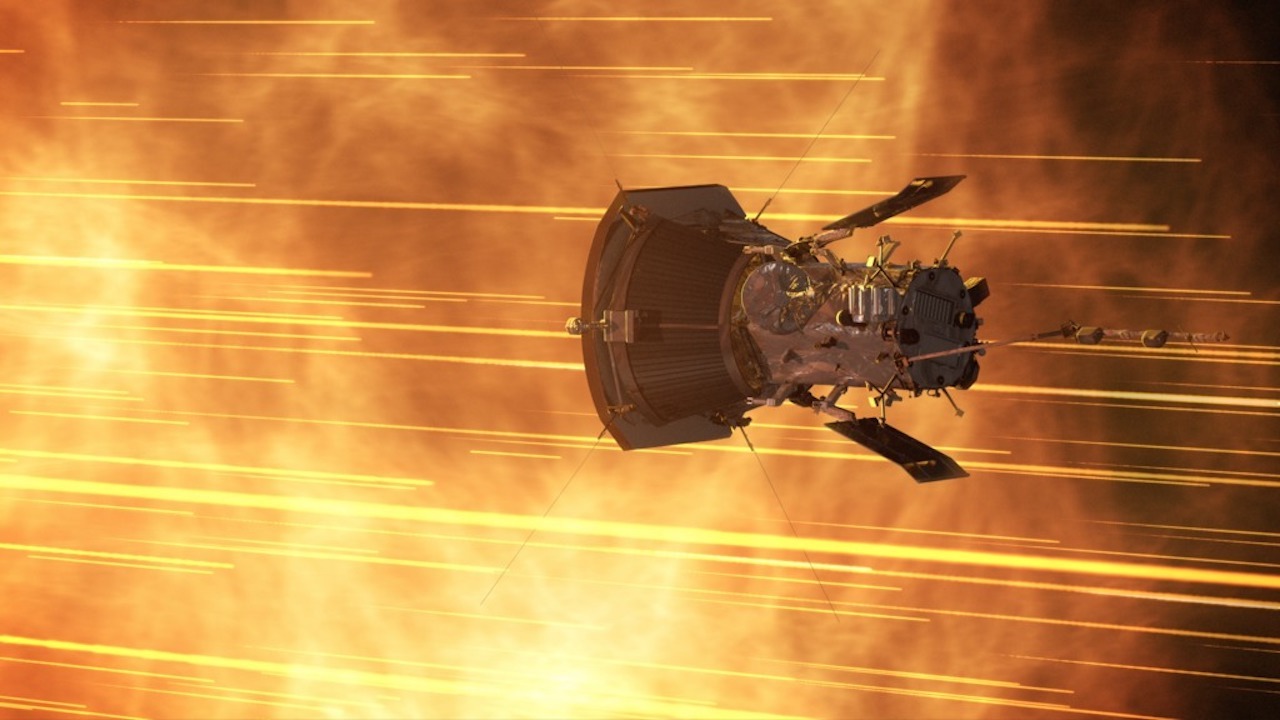NASA’s Parker Solar Probe — a device designed to study the Sun’s outer corona — has set a record for the fastest human-made object. On June 29, the probe reached a speed of 635,266 km/h for the second time since its launch in 2018. This is about 500 times the speed of sound.

The probe continues to gain speed: it is expected to reach a maximum of about 692,000 km/h during its closest approach to the Sun in 2025. This would allow it to cover the distance between Kyiv and New York in a minute. Parker Solar Probe develops this speed due to the gravitational acceleration from Venus.
The probe is approaching the Sun’s corona, making various measurements to improve our understanding of this phenomenon. In April 2021, it “touched” the Sun for the first time, collecting plasma samples and measuring changes in the magnetic field.
Parker has completed its 20th close approach to the Sun, coming within 7.26 million km of the surface of the Sun’s ionized gas. Subsequently, it should come within 6.12 million km.
The probe is designed to withstand extreme speeds, temperatures, and radiation. It is equipped with an 11.4-centimeter carbon-composite shield that can withstand temperatures of almost 1371°C.
It is unlikely that anyone will be able to break the Parker Solar Probe record in the near future. If the record is broken, it will be by another spacecraft. In the meantime, the Parker scientific mission continues and you can follow its progress on the official NASA website.
By the way, before the Parker Solar Probe, the speed record among man-made objects belonged to a 900-kilogram well cap, which accelerated to a speed of 240,000 km/h (66 km/s) during the nuclear explosion of the Pascal B charge at a depth of 150 meters below the earth’s surface as part of one of the 29 tests of Plumbbob Operation. The cover was never recovered. The lid record was later broken by the Juno spacecraft with a speed of 265,000 km/h, taking second place in the rating.
Earlier, we reported how Parker Solar Probe filmed its journey through a powerful solar storm.
Based on the materials of sciencealert.com

